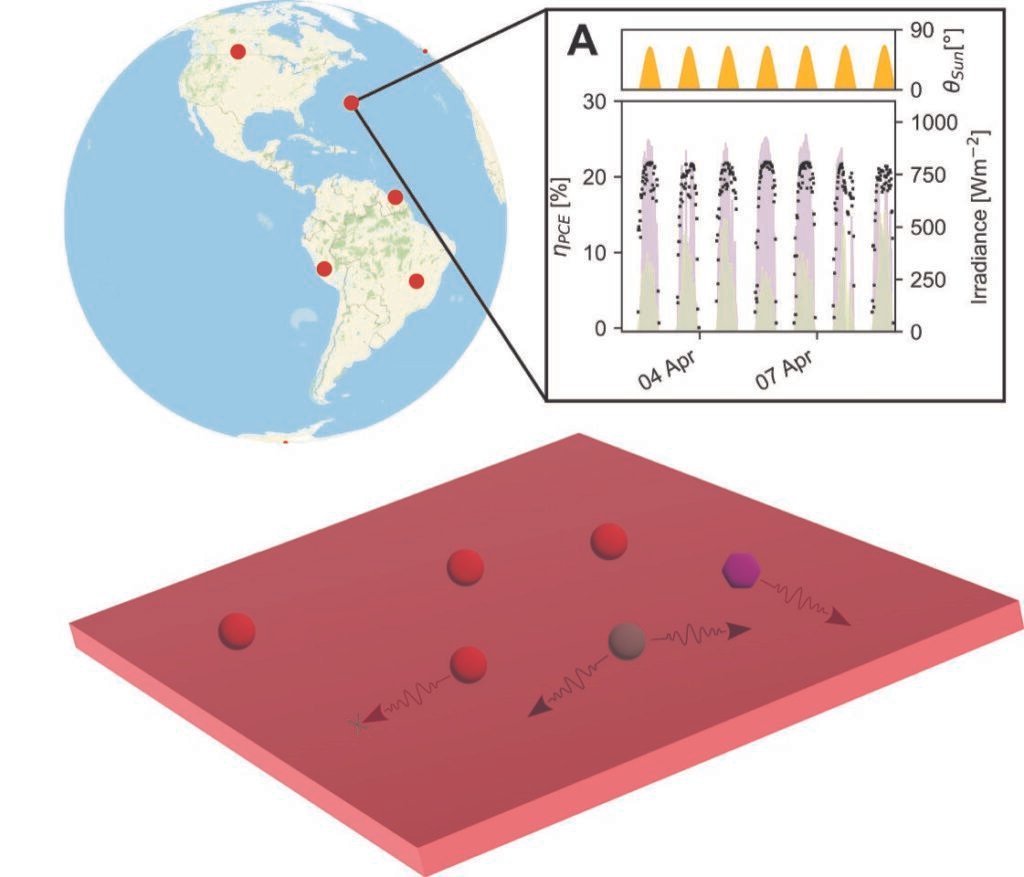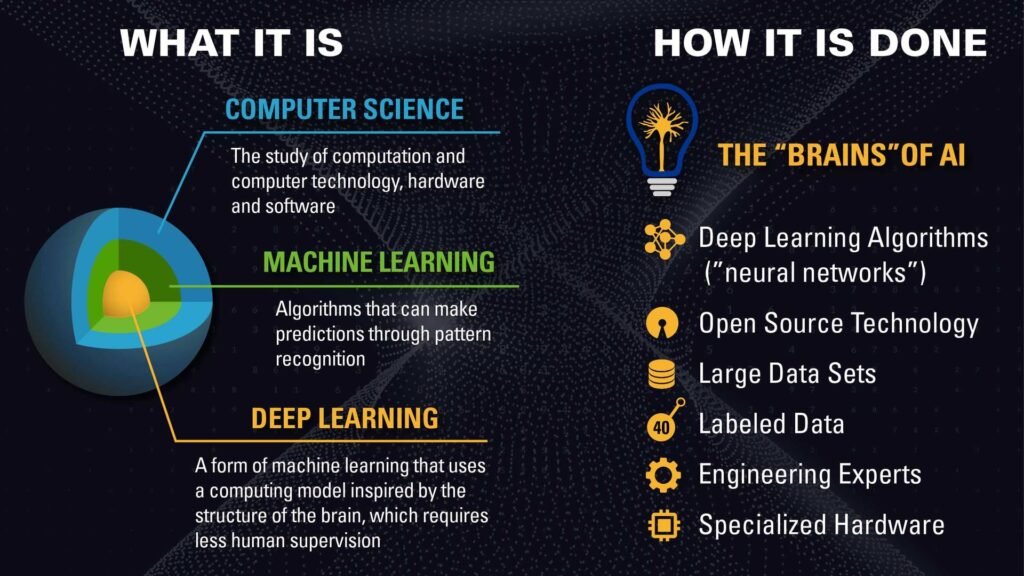In their quest to improve our planet with solar energy, scientists are exploring ways to make solar cells more efficient. One approach involves concentrating sunlight onto the cells. However, a recent study by researchers at Cavendish Laboratory and AMOLF suggests this might be trickier than expected.

The good news is, they’ve identified alternative methods for boosting solar energy capture anywhere on Earth. The team investigated whether solar cells could be optimized for different regions with varying sunlight intensity. To achieve this, they employed machine learning and neural networks to analyze sunlight patterns across the globe.
They then incorporated this data into a computer model to predict solar cell output in various locations. Through these simulations, they could estimate how much energy solar cells could generate in different parts of the world.

Their findings, however, revealed a surprising twist. Making solar cells super-efficient turns out to be very difficult. So, instead of just trying to make solar cells better, scientist have figured other ways to capture more solar energy.

For instance, image solar panels that could bend and fold like origami for easier installation in tight spaces. Additionally, they could be partially transparent, allowing them to blend in with their surroundings.
By making the panels more durable and versatile, scientists believe they could be used in many different locations, leading to longer lifespans and more efficient energy capture. They also suggest strategically arranging the solar cells on the panels to maximize sunlight absorption, further improving efficiency.
Reference – Journal Joule, Interesting Engineering, Futurism, Cavendish Laboratory PR






